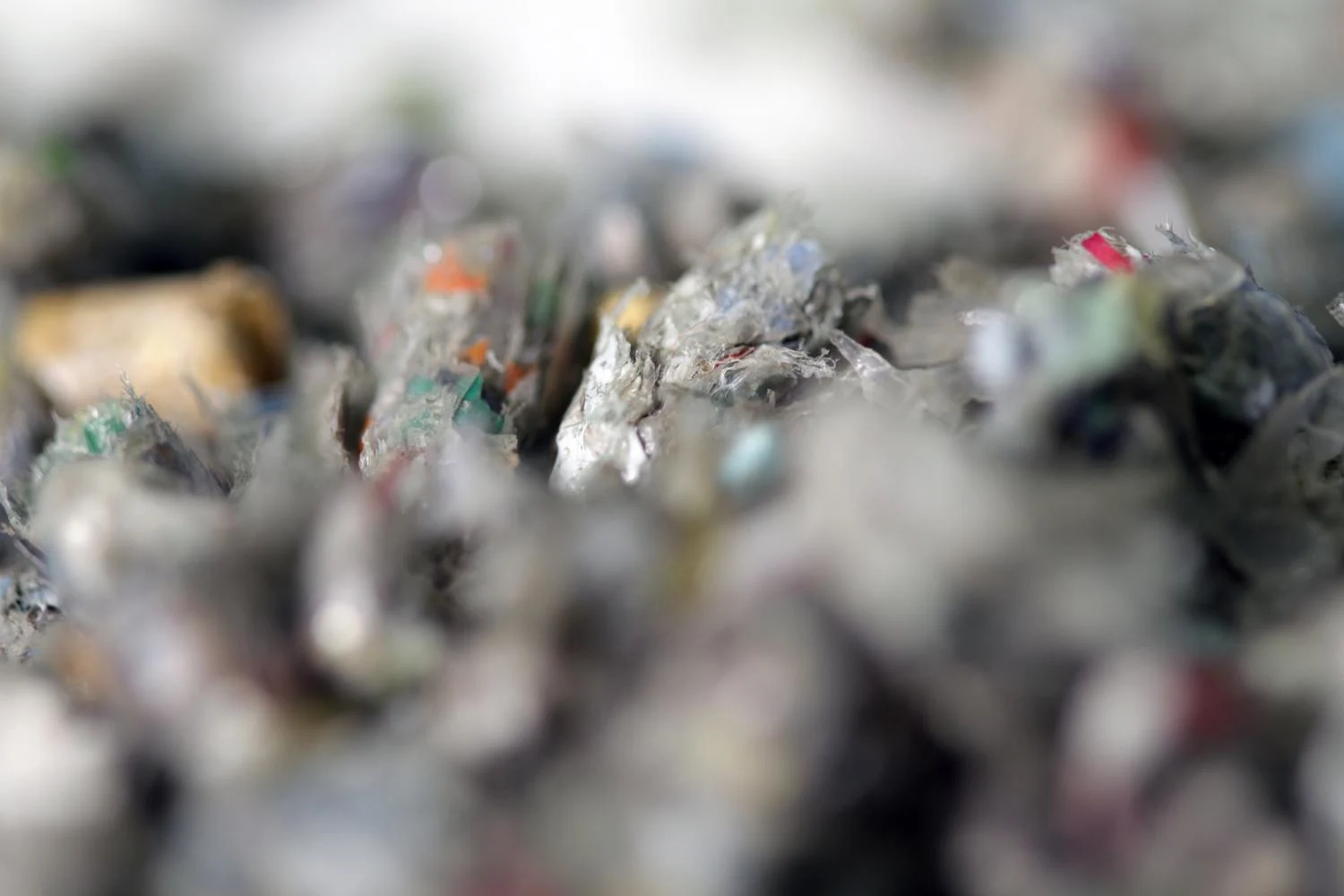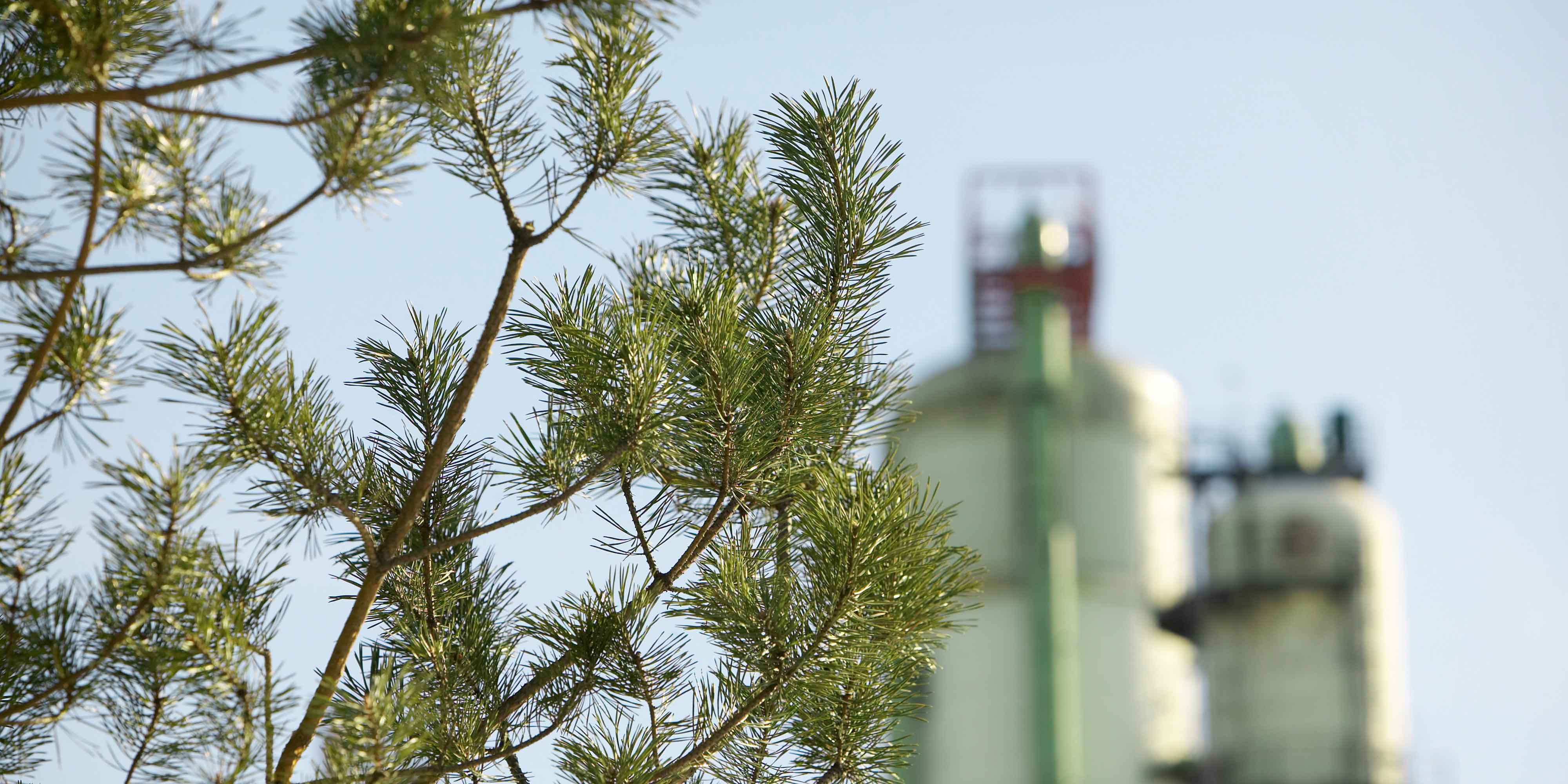
Sustainability
6 minute read
Recycling the unrecyclable: Solid waste into renewable fuel
Managing municipal and comparable commercial waste in an efficient and sustainable manner can be challenging. But managing such waste poorly – or not at all – can threaten our precious blue planet and everyone who calls it home.
Waste contains a variety of valuable and often limited resources which can and should be utilized. Simultaneously, utilizing waste as a valuable resource can help solve an entirely different problem and massively impact our ability to help build and shape a more sustainable future for all life on Earth. This article will discuss exactly how this can be achieved through the potential for waste-derived renewable fuels.
What is municipal solid waste, and why is it such a problem?
“Throwing something away” is a modern luxury that most of us take advantage of many times per day. It can be packaging, food waste, old appliances, or any other item which we no longer find useful. But what really happens to those things? They don’t just disappear, so where do they go?
After being discarded by consumers, these waste streams are referred to as municipal solid waste (MSW). Globally, as much as 65% is landfilled or even openly dumped on land or in water. Only around 13% is currently being recycled, a sobering reality of our modern age. The World Bank estimates that around 2 billion tons of waste was generated around the world in 2016 alone, and in line with economic development and urbanization, the World Bank projects an expected increase to around 3.4 billion tons by 2050.
When considering the problems associated with poorly managed MSW, many people tend to think of wasted land and polluted bodies of water. Unfortunately, this is just the tip of the iceberg. Open dumping, whether on land or water, deeply affects local ecology and geography, harming people, plants, and animals alike. Pollution from waste burning, clogged drainage systems leading to flooding, and disease transmission are all serious issues that stem from improper or even absent waste collection and a lack of sensible waste treatment solutions.
Economically, waste buildup in and around cities decreases both the quality and expectancy of life for its citizens, while depressing the economic benefits of tourism.
When gauging the true cost of poor waste management, we should analyze the positive impact that repurposing and/or recycling part of that waste could bring. Through reuse, recovery and recycling, we can decrease the demand for virgin raw materials in the production of new goods, moving us closer toward our sustainability targets. However, some waste streams – including certain food waste, contaminated paper or cardboard, and more – will likely be unrecyclable for the foreseeable future. Even with a state of the art recycling chain in place, additional innovations are needed to make MSW part of a truly circular economy. One of those innovations is converting it into renewable fuels.
Why renewable fuels?
Waste management is an area we must tackle on our journey toward improved sustainability. Sustainable mobility and climate emissions are another. Currently, the transportation of people and goods is the leading cause of greenhouse gas (GHG) emissions worldwide, and demand for fuels is only increasing. In comparison, waste is estimated to be responsible for 5% of GHG emissions globally, according to the World Bank, while transportation is responsible for over 20%.
Electric vehicles and other energy-efficient modes of transport are gaining support and having a positive climate impact, but there are challenges to overcome while we scale up these innovative solutions. With the increased production and use of green and other electricity, many regions face bottlenecks caused by limited grid capacity and potentially long development cycles for capacity expansion. In order to sufficiently reduce our emissions on par with our climate targets, every viable solution must be implemented as soon as possible.
Renewable fuels have already proven themselves to be just such a solution. Renewable jet fuel, for instance, like Neste MY Sustainable Aviation Fuel™, is commercially available worldwide today. It serves as a direct replacement for fossil jet fuel, and in neat form and over its life cycle reduces GHG emissions by up to 80%* when compared to fossil jet fuel.
Neste MY Renewable Diesel™, produced from 100% renewable raw materials, can reduce GHG emissions by up to 90%** when compared to fuel made from crude oil. Importantly, renewable HVO-type diesels such as Neste MY Renewable Diesel can be used in diesel-powered vehicles without any engine modifications, and without the need to construct any new infrastructure (like charging stations). Renewable fuels are considered a prime option for reducing emissions in difficult-to-abate transport sectors like air travel, ocean freight, and long-haul trucking. There, electrification is a less viable solution than it can be for passenger vehicles.
MSW is a part of this conversation because after we have removed the “easy recyclables” from our waste, it still contains a continuously generated resource which can serve as a raw material for renewable fuels. Currently, the majority of renewable fuels are produced from liquid raw materials, such as oils and fats. But now, cutting edge technologies like gasification, especially when powered by green energy, will enable the efficient, sustainable and economically viable conversion of MSW and comparable commercial waste into high-quality fuels, as well.
By turning MSW into raw material for renewable fuels, for instance using Fischer-Tropsch processing, a number of benefits are achieved simultaneously – increased availability of low-emission fuels to replace fossil fuels, reduction of waste, and reduced reliance on virgin fossil resources, as well as reduced emissions from treatment of waste. In addition, MSW can act as an economic resource for developing cities and regions, providing raw materials for energy production and attracting investment capital.
So where do we start?
All utilization of municipal solid waste for useful purposes begins with efficient collection and preferably with some degree of source separation at the household level. This is a challenge on its own, especially in rapidly growing cities with rising waste generation, and where land for waste treatment and processing is scarce. Funding is also an issue, with public goods like education, water supply, and health care competing for the same money as waste management. Governments must make clear commitments to sustainability and establish guidelines for waste management that support those commitments.
The private sector also has a large role to play. As the demand for lower-emission mobility solutions grows, so will investments around renewable fuels and their raw materials. Waste management solutions will need to be focused on creating efficient value chains of waste collection and processing, before deployment of the valuable resources into innovative applications.
Renewable fuel production will become an essential part of the answer to our global municipal waste treatment challenges while also providing a solution for reducing the GHG emissions related to our need for mobility. Innovation, courageous investment schemes, and widespread adoption of recycling, materials recovery, and truly global circular economy solutions are, however, still very much needed.
The waste-to-fuel model will increasingly become a focal point of research and engineering projects over the next few years. The more we can do, the better – to protect the environment and conserve our limited resources, as we secure a sustainable future for all.
* Calculated with established life cycle assessment (LCA) methodologies, such as CORSIA methodology
** The methodology for calculating life cycle emissions and emissions reduction complies with the European Union’s Renewable Energy Directive II (2018/2001/EU)





